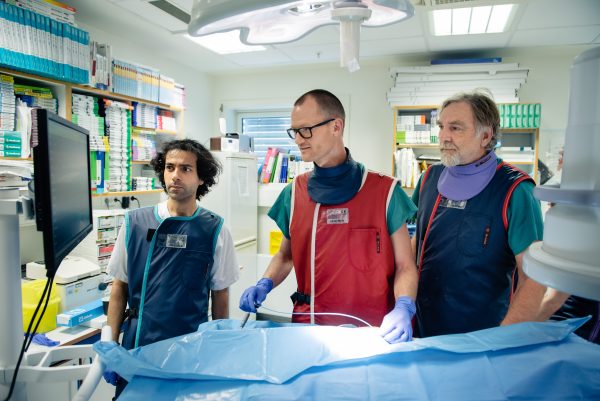“This is what the Core facility is for”, adds Morten. “Highly specialized procedures like this needs to be initiated by the researchers, but I try to provide the best possible conditions for high quality research, without any compromise in animal welfare.”
IEMR has a long tradition for the use of a wide range of research models, including large animals. The Core facility offers research groups at UiO and OUS a unique opportunity to test hypotheses in models with crucial similarities to humans.
“This latest addition to our range of methods and opportunities is an excellent example of how we want to work”, says Mathis. “Methods that can provide important answers in our research are established at IEMR in collaboration with external experts, in this case colleagues from the Section for Arrhythmias at Department of Cardiology at Rikshospitalet and representatives from the industry. This will benefit our own research groups, as well as external groups wanting to use large animals for their projects.”




